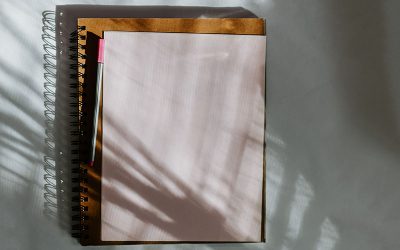The novelist Thomas Wolfe titled his most famous book “You Can’t Go Home Again.” But most artistic ventures demand a return to the beginning, in some form or another. Such journeys may wander far afield, but ultimately, meaning comes about by finally discovering the beginning once again. A work of art has been produced by the effort, one that chronicles the changes that have overtaken the creative spirit. In that sense, you can always go home again – whether geographic or psychological. But, sometimes, the notion of “home” is not so easy to produce, no matter the artistic skill.
The focus of this blog is on creativity and the artistic process. But international events have turned my attention to the mounting refugee crisis in the Middle East. I had expected to write about the creative journey and how it leads one right back to the beginning of the artist’s quest. Granted, the artist has been changed by the journey, but the psychological or questions that precipitated the journey’s start are ultimately answered by a return to the beginning.
But as I look at images of the humanitarian crisis unfolding in the Middle East, I realize that such a narrative construction is pure conceit, based upon the privilege of having a secure and stable reference point for whatever emotional quest we may be on. For too much of the world, there does not exist a center in geographic form.
For those refugees who may never return to that deep-seated sense of home, the interior journey is fraught with hurdles. Constructing a center for themselves, an artistic home, becomes not just a creative pursuit, but a spiritual one. Where is home if it can never be returned to? This process must be wrenching. But possible. It is incumbent upon those of us with a more secure sense of the center to open our hearts and supports those artists on their journey – both literal and creative – in however way we can.




